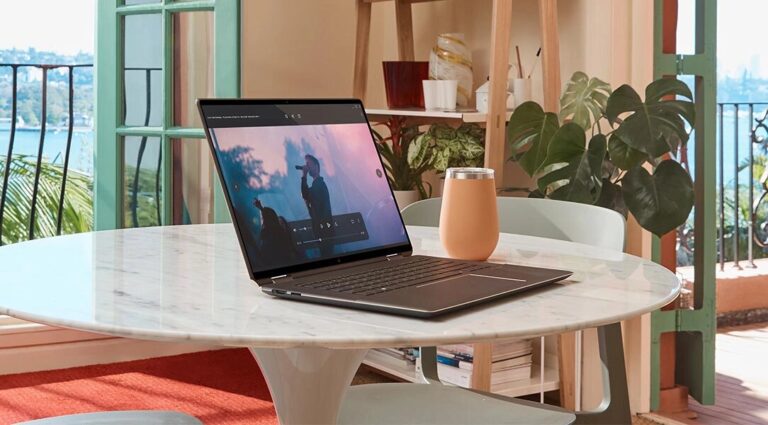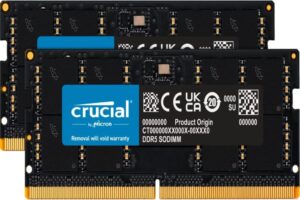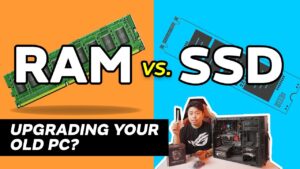Best Laptop Brand In The World
Perfect laptop, a harmonious blend of power and elegance, redefining computing with unmatched performance and innovation.
- Apple: Renowned for innovation and seamless user experiences through its premium MacBook lineup.
- Dell: Balances reliability and cutting-edge technology with XPS and Inspiron models.
- Lenovo: Trusted for durable and versatile laptops, epitomized by the iconic ThinkPad series.
- HP: Serves varied needs, from ultrabooks to workstations, with a broad range.
- ASUS & Acer: Offer diverse options with a winning combination of performance and affordability.
- Microsoft Surface: Stand out with unique design and seamless hardware-software integration.

Perfect Laptop Brand For Students
Acer stands as a prime choice among laptop brands for students, deftly intertwining affordability, performance, and unwavering reliability. From a plethora of models, Acer’s offerings perfectly align with the diverse academic requirements, crafting a fluid and efficacious journey through the realm of student life.

What Is The Best Laptop Requirements For Graphic Design?
Crafting an optimal laptop for graphic design involves a thoughtful fusion of elements. A captivating, high-resolution 15-inch (or larger) display breathes life into intricate details. Empowering the experience, a robust processor – be it the Intel Core i7 or AMD Ryzen 7 – gracefully navigates through intricate design software. Multitasking finds its stride with a minimum of 16GB RAM, ensuring smooth handling of voluminous files.
A dedicated graphics card – think NVIDIA GeForce or AMD Radeon – breathes swiftness into rendering and elevates visual finesse. Finessing the package, a roomy 512GB SSD ramps up storage for hefty design portfolios. Lightning-fast Thunderbolt 3 ports welcome external device companionship. Lastly, a keyboard that feels like home and a color-precise display harmonize to cultivate an ambiance primed for creative brilliance.

Can Normal Laptop Be Used For Graphic Design?
While a standard laptop can handle basic graphic design tasks, a specialized laptop with specific attributes offers a more fitting choice. Graphic design demands robust processing capabilities, abundant RAM (preferably 16GB or more), a dedicated graphics card (such as NVIDIA GeForce), and a high-resolution display for precise color portrayal.
These facets ensure seamless performance, swift rendering, and meticulous visual output. Although a regular laptop suffices for lighter design endeavors, a laptop meticulously designed for graphic artistry enhances efficiency and creative flair, rendering intricate tasks more streamlined and gratifying. Investing in a purpose-built laptop proves rewarding, unshackling your full potential in the realm of graphic design.
Perfect Laptop For Programming And Graphic Design.
The optimal laptop for programming and graphic design should strike a balance between computational power and creative finesse. A fast SSD with at least 512GB offers quick data access. Prioritize a comfortable keyboard and a portable form factor. In essence, a laptop that marries processing might with artistic precision is your ideal companion for programming and graphic design endeavors.
Perfect Laptop For Graphic Design And Photo Editing.
When diving into graphic design and photo editing, the perfect laptop is a symphony of power and precision. Seek a potent processor, like Intel Core i7 or AMD Ryzen 7, to effortlessly handle intricate tasks. A vivid, color-accurate display with a high resolution delivers true-to-life visuals crucial for design work. With no less than 16GB of RAM and a speedy SSD of 512GB or more, multitasking and file handling become seamless. Prioritize a comfortable keyboard and ample connectivity for a seamless creative journey.

How Much RAM Is Best For Graphic Design?
Navigating the ideal RAM for graphic design requires a thoughtful balance. Here’s a human-crafted listicle to guide you:
- Performance Powerhouse: Aim for 16GB RAM as a solid foundation, ensuring smooth multitasking and efficient handling of design software.
- Elevated Creativity: If your projects involve complex visuals or multiple software, consider 32GB RAM for enhanced responsiveness and seamless editing.
- Future-Proofing: For heavy-duty design work and future software demands, 64GB RAM offers ample headroom, promoting unhindered creativity and speedy workflow.
- Specialized Tasks: Specialized 3D rendering or video editing may benefit from 128GB RAM, providing unparalleled speed and fluidity for resource-intensive tasks.
Remember, the best RAM depends on your specific design needs, but the sweet spot often lies between 16GB and 32GB for a balanced and efficient design journey.
Check out – Best Gaming Laptop in UAE
Check out – DDR4 VS DDR5: Advantages and Differences













